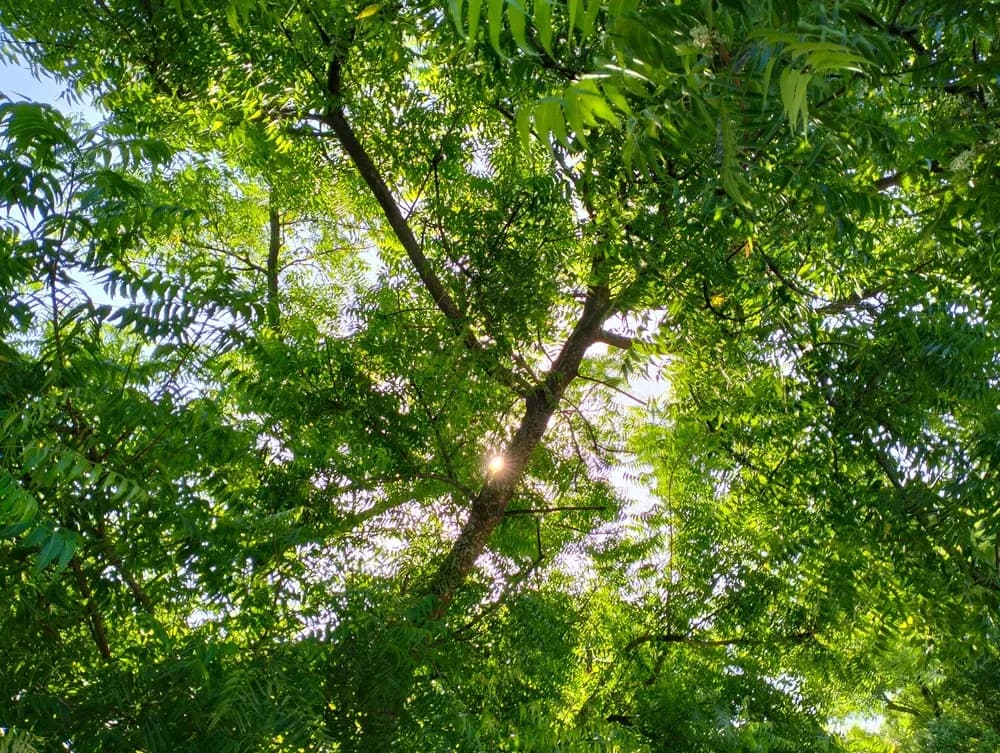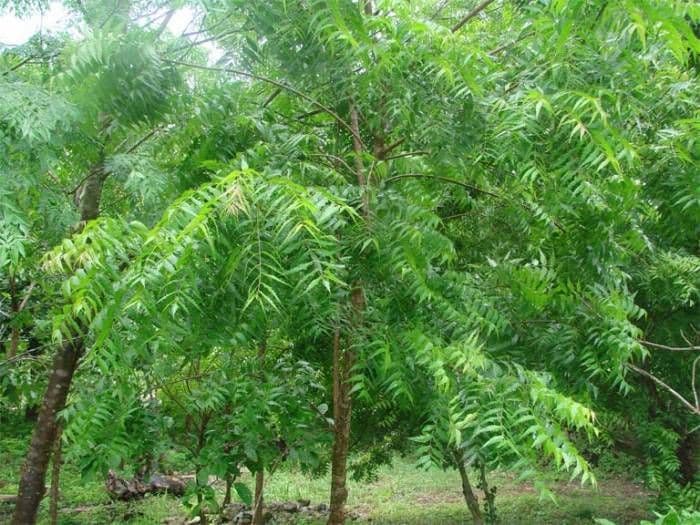Have you ever walked past a Neem tree and wondered what makes it so special? From ancient Ayurvedic remedies to organic farming, the Neem tree (Azadirachta indica) has quietly supported our health, homes, and environment for centuries. And yet, many of us know so little about it. In this blog, we’ll explore everything there is to know about the Neem tree—how to recognize it, where it's commonly found, how it’s used, and why it’s revered across cultures. Whether you're passionate about sustainability or just love learning about nature’s wonders, this guide is crafted for you.
What Exactly Is the Neem Tree?
Let’s start with a quick intro. Scientifically named Azadirachta indica, the Neem tree belongs to the mahogany family, Meliaceae. It's native to the Indian subcontinent but has spread across tropical and subtropical regions worldwide. It’s commonly known as Indian Lilac or simply "Neem." The tree can live well over 100 years and grows up to 20 meters tall with a wide, shady crown—making it as majestic as it is useful. Want more on the basics? Check out Neem on Wikipedia.
Spotting a Neem Tree: What to Look For

-
Leaves: Long, compound leaves with 8–19 pointed, dark green leaflets. Think of them like a fern but slightly serrated.
-
Flowers: Tiny, white, and sweet-smelling blossoms that show up in clusters.
-
Fruits: Yellow-green, olive-shaped drupes. Don’t eat them raw—they’re bitter!
-
Bark: Rough, cracked, and greyish-brown with a medicinal smell if you scratch it.
Neem trees are a common sight in Indian villages, roadsides, city parks, and even temple grounds.
Why Neem Is Called the "Village Pharmacy"
Neem is like that friend who shows up with solutions for everything—skin issues, garden pests, or even a minor infection. Its benefits span health, wellness, and the environment.
Medicinal Superpowers
-
Neem is antibacterial, antiviral, antifungal, and anti-inflammatory.
-
Skin troubles? Neem oil and paste are go-to remedies for acne, eczema, and rashes (source).
-
Neem twigs are used as natural toothbrushes—yes, they clean, freshen breath, and prevent gum disease.
-
A dash of neem juice daily? Some believe it purifies your blood and boosts immunity.
Environmental Hero
-
Acts as a natural pesticide in farms without harming the soil.
-
Helps enrich land by turning into nutrient-rich compost.
-
Absorbs CO₂ and improves air quality in urban landscapes.
Everyday Uses of Neem: From Farms to Face Creams
Let’s talk use cases—because the Neem tree isn’t just a pretty face.
In Agriculture
Neem has revolutionized organic farming in India:
- Neem Cake (leftover from oil extraction) is used as an organic fertilizer.
- Neem-based bio-pesticides protect crops without harming pollinators. It’s so effective it controls over 200 pests (FAO report).
In Personal Care
- Neem-infused soaps, shampoos, and creams tackle dandruff, itching, and acne.
- Toothpastes and mouthwashes use Neem extracts to fight cavities and bad breath.
In Traditional Medicine
In Ayurveda, Neem has been used to treat:
- Ulcers
- Malaria
- Leprosy
- Joint pain
For Animals Too
- Neem oil is used in pet shampoos and to repel ticks and fleas in cattle.
Neem in Indian Culture: Sacred, Symbolic, and Celebrated

-
In festivals like Ugadi and Gudi Padwa, people hang Neem leaves at their doorways as a sign of protection.
-
Neem is associated with Goddess Durga, seen as a purifying force.
-
Vedic scriptures refer to it as Arista, meaning “reliever of sickness.”
-
During Navratri, women in many parts of India take ceremonial neem baths.
It’s not just a tree—it’s a part of daily spiritual practice.
Where Can You Find Neem in India?
If you’re traveling across India, you’re likely to encounter Neem everywhere—from arid lands to humid towns. States where Neem is especially common:
- Uttar Pradesh
- Rajasthan
- Gujarat
- Tamil Nadu
- Andhra Pradesh
- Maharashtra
- West Bengal
According to Aries Agro, there are over 18 million Neem trees in India, thriving both in cities and rural areas.
Neem Products You Can Buy (and Use!)
Neem isn’t just growing in forests and backyards. It’s become a staple in green products. Here’s what’s popular:
Neem Oil
Cold-pressed from seeds, this golden liquid is used in:
- Skincare
- Hair care
- Organic gardening sprays
Neem Powder
Sold as dried leaf powder—it’s used in face packs, shampoos, and even herbal teas.
Neem Twigs
Still used as a chewing stick across rural India. Dentists might raise eyebrows, but your grandparents knew best.
Neem Soap
Look for options like this Amazon Neem Soap for clear, healthy skin.
Neem Saplings
Want to grow one yourself? Check out saplings on Online Plants Cart.
What Scientists Say About Neem

-
Neem is climate-resilient, surviving droughts and poor soils.
-
It’s a non-toxic pesticide—a rare gift in the world of farming.
-
It helps with carbon capture, making it a tree of the future in fighting climate change.
Listen to this fascinating TreeNote podcast episode on Neem to hear more about its global impact.
Growing a Neem Tree: Is It Easy?
Yes! If you live in a warm climate, growing Neem can be simple and rewarding. Here’s what you need:
-
Sunlight: Lots of it. Full sun is best.
-
Soil: Sandy or loamy soil that drains well.
-
Watering: Needs water as a sapling but minimal once mature.
-
Propagation: Sow fresh seeds. Cuttings don’t work well.
Once it’s established, you’ll find it nearly maintenance-free. No wonder it's used for urban afforestation.
Final Thoughts: Neem as a Symbol of Hope
The Neem tree is more than just greenery—it’s a medicine chest, an environmental warrior, and a cultural icon.
As more of us look for natural alternatives in our lives, Neem stands tall as a tree that has always delivered. It purifies the air, nourishes the soil, heals our skin, and brings communities together.
So, whether you plant one in your garden or pick up a neem-based product, you’re becoming part of a long, healthy tradition. And honestly, what’s more beautiful than that?
Sources & Further Reading
Looking for a sustainable act today? Plant a Neem tree. It gives more than it takes. Adopt a tree with us: https://catchfoundation.in/adopt-now
